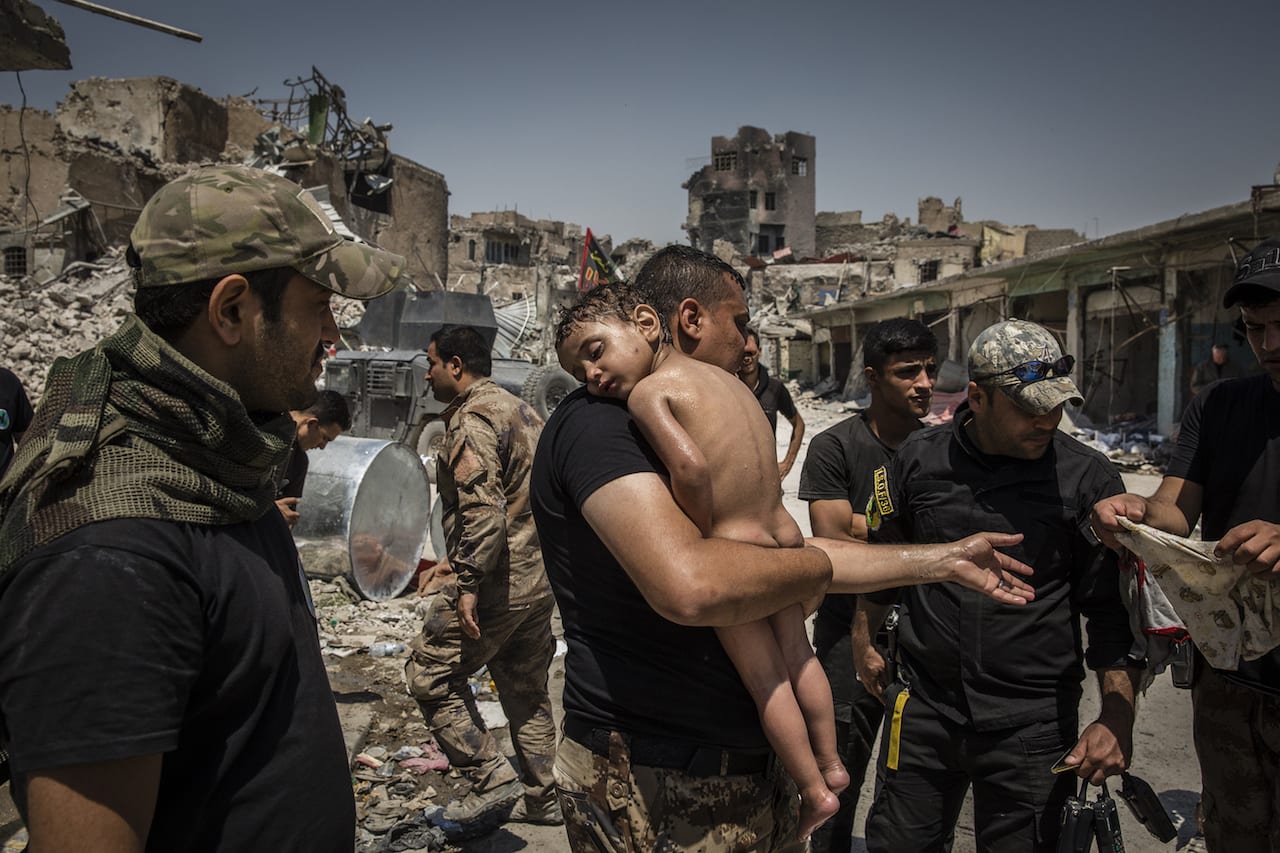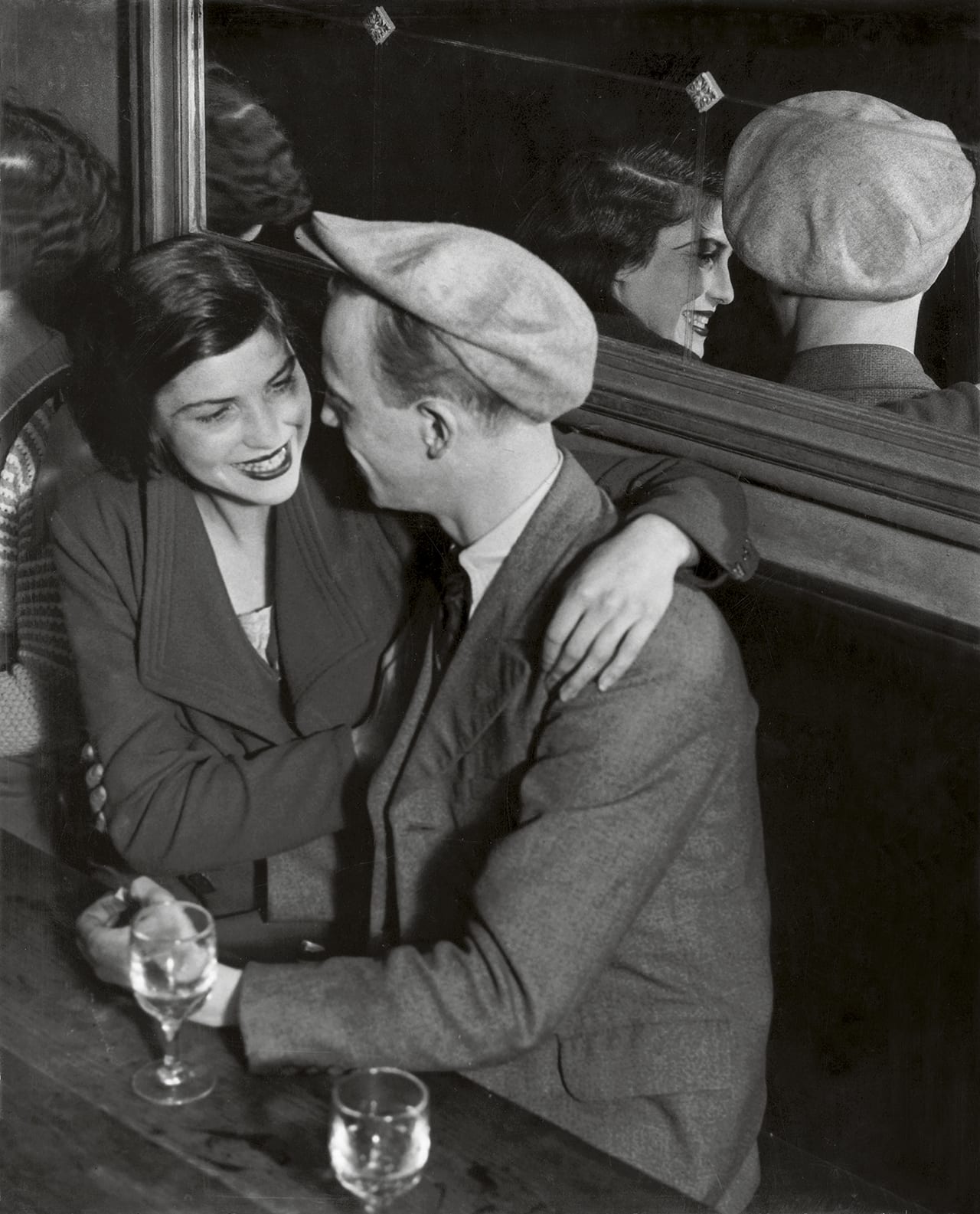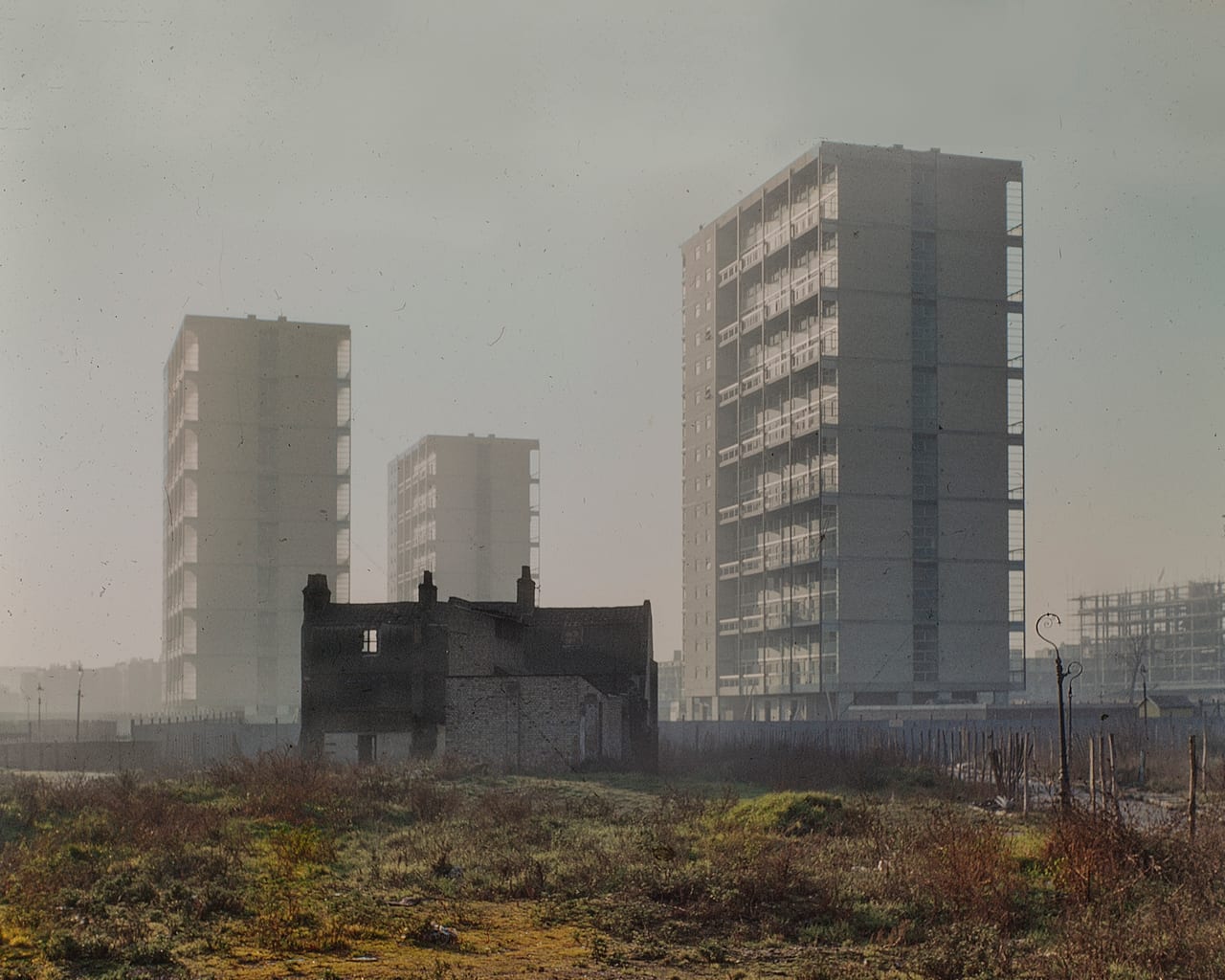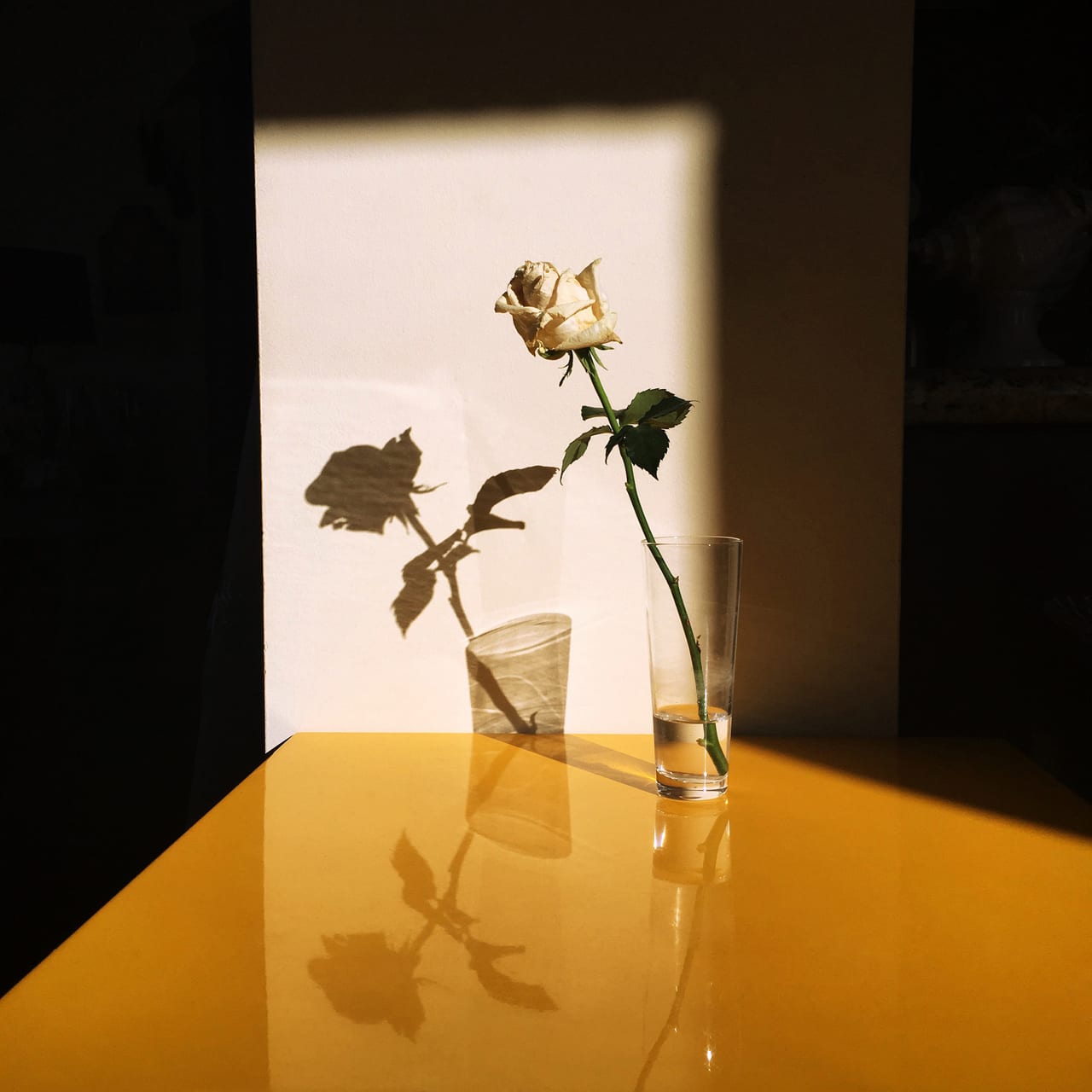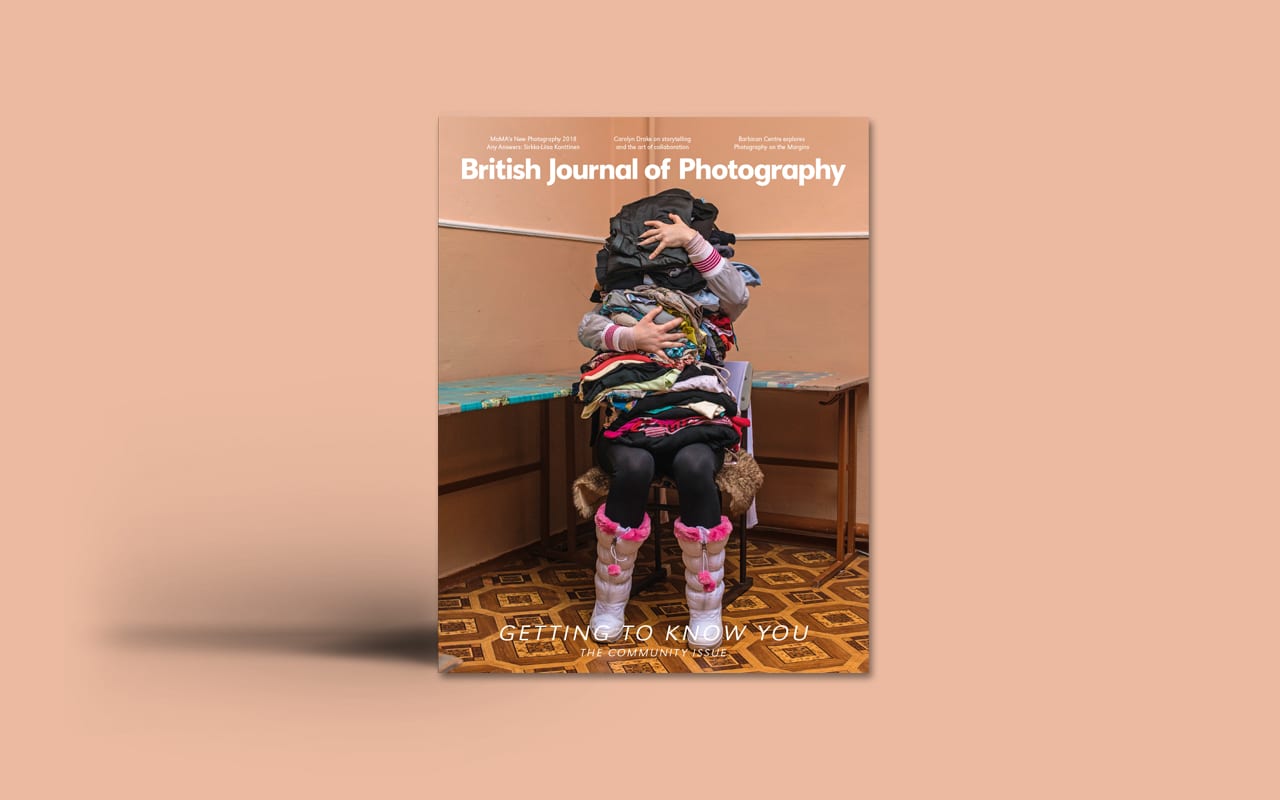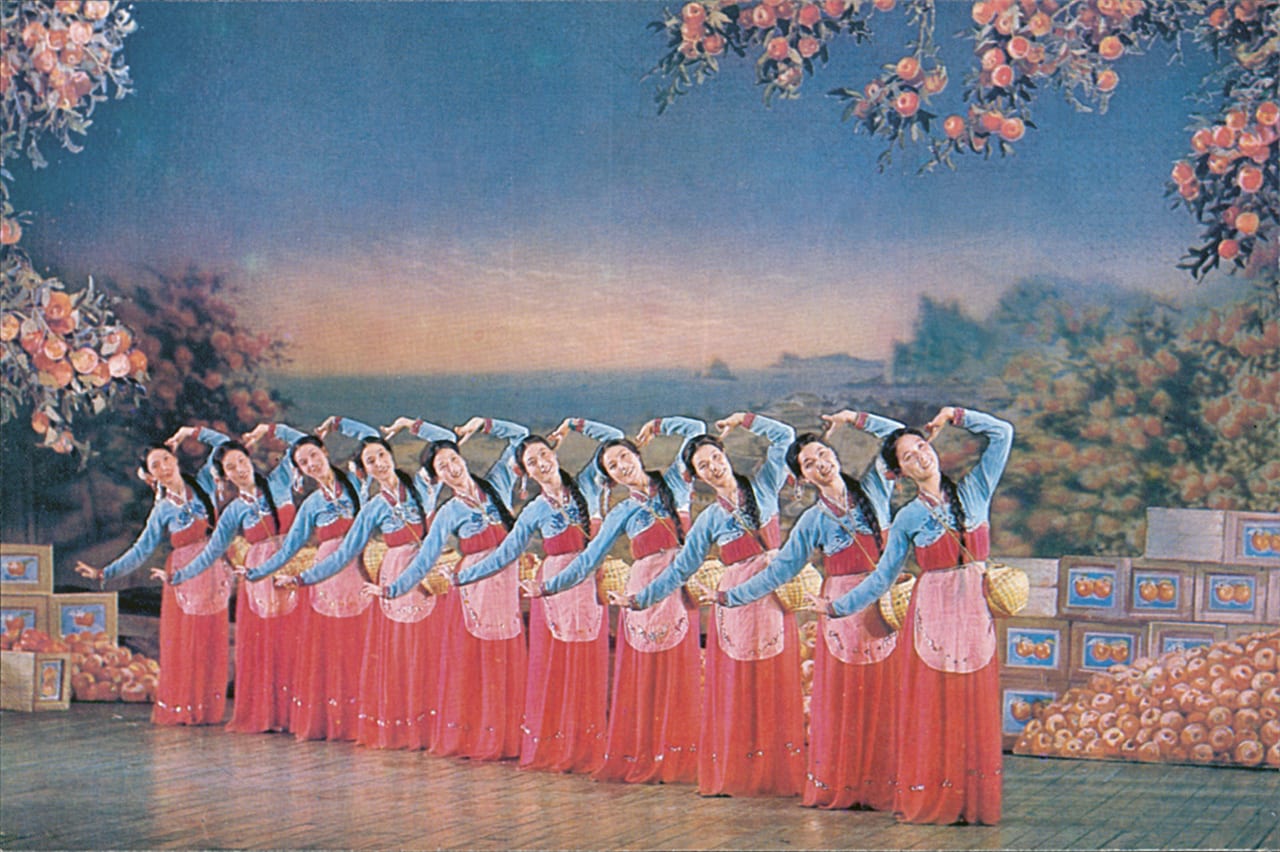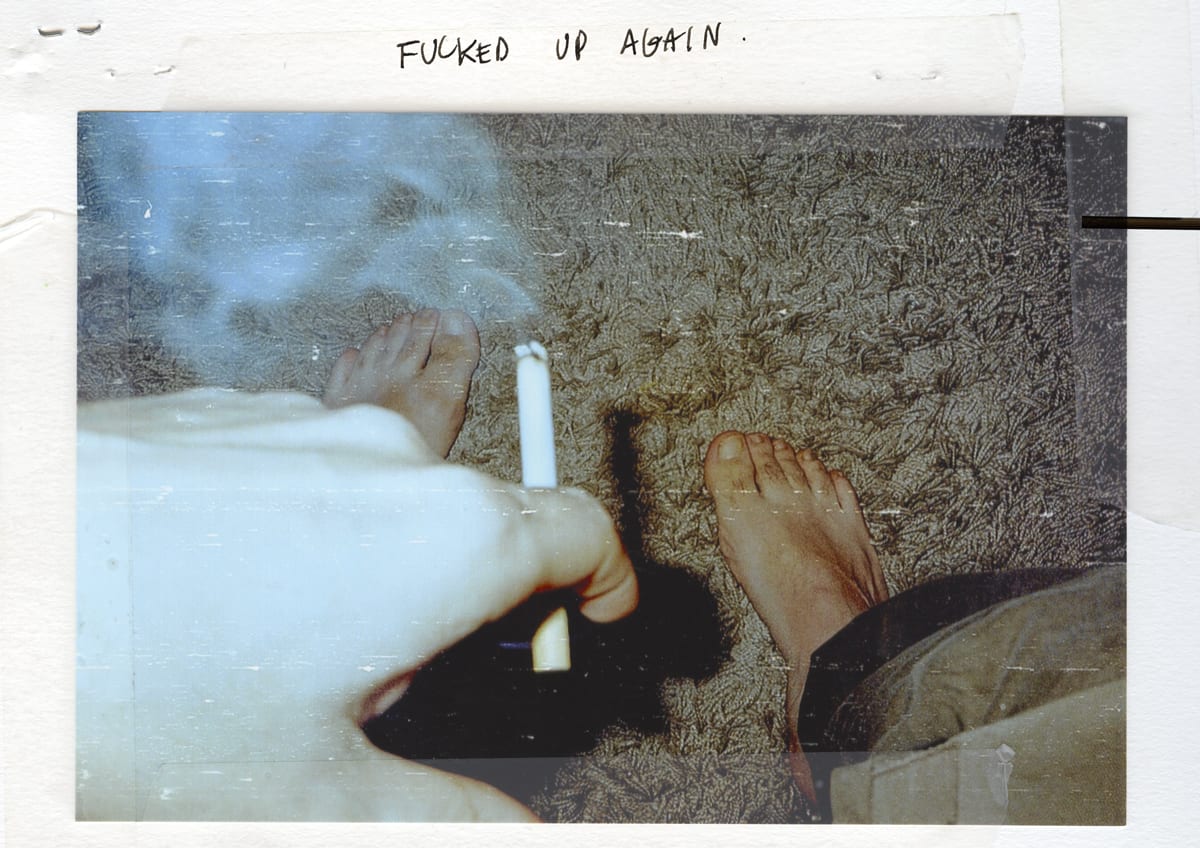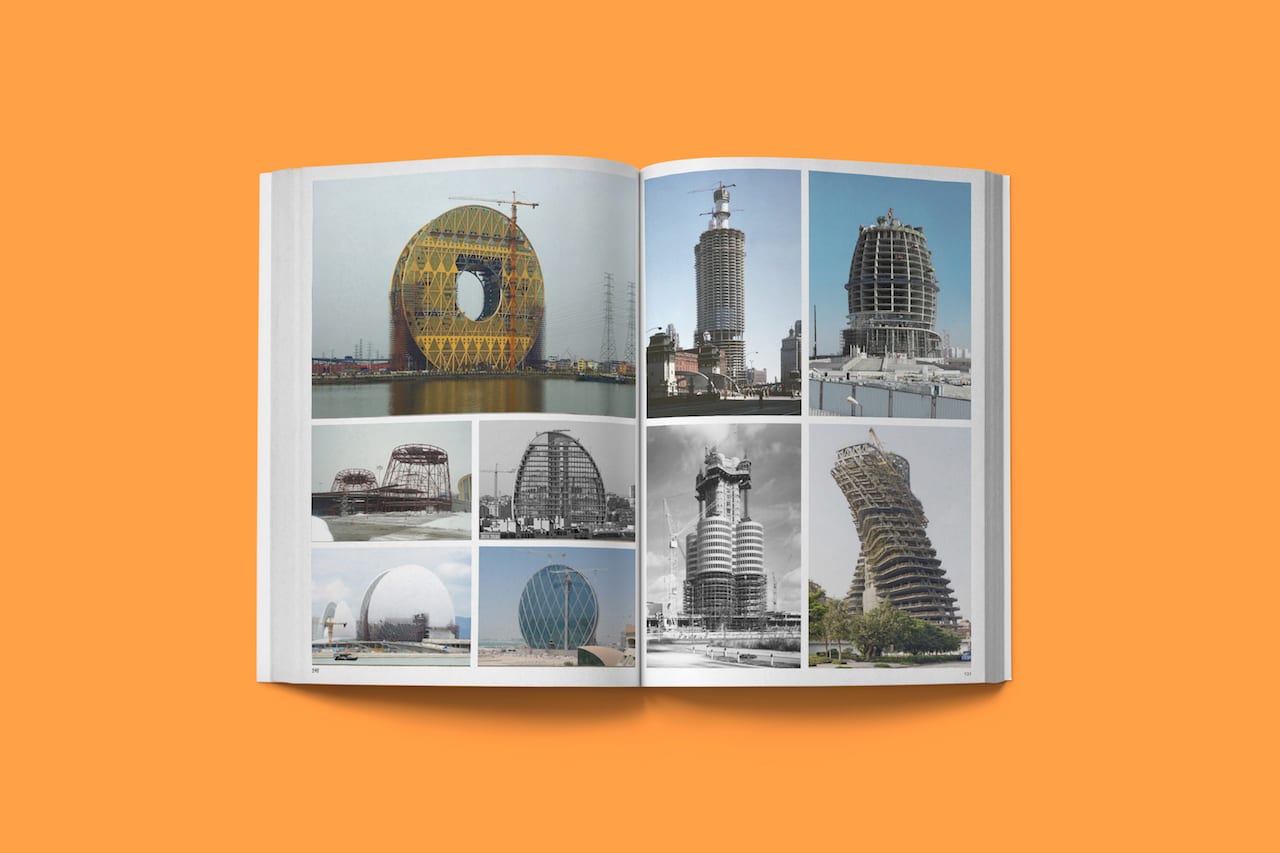“If you are asked to think what is the photo of the year, you have to try to have something about the events of that year, and that sends you to a news or documentary photography,” says Magdalena Herrera, director of photography for Geo France and chair of the jury for the 2018 World Press Photo Contest. “But we were looking for a point of view, the photographer’s point of view. We weren’t looking for an opinion, but for images in which someone had been able to take the photographic tool to envisage their part. Even if you are a documentary photographer, you choose the moment when you take the shot. YOU are the one reporting.
